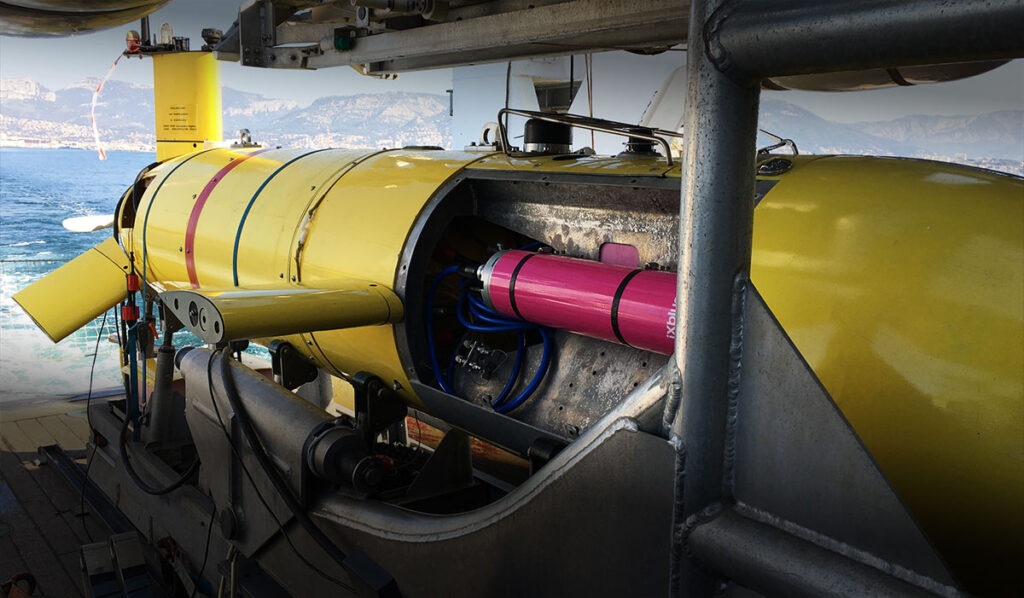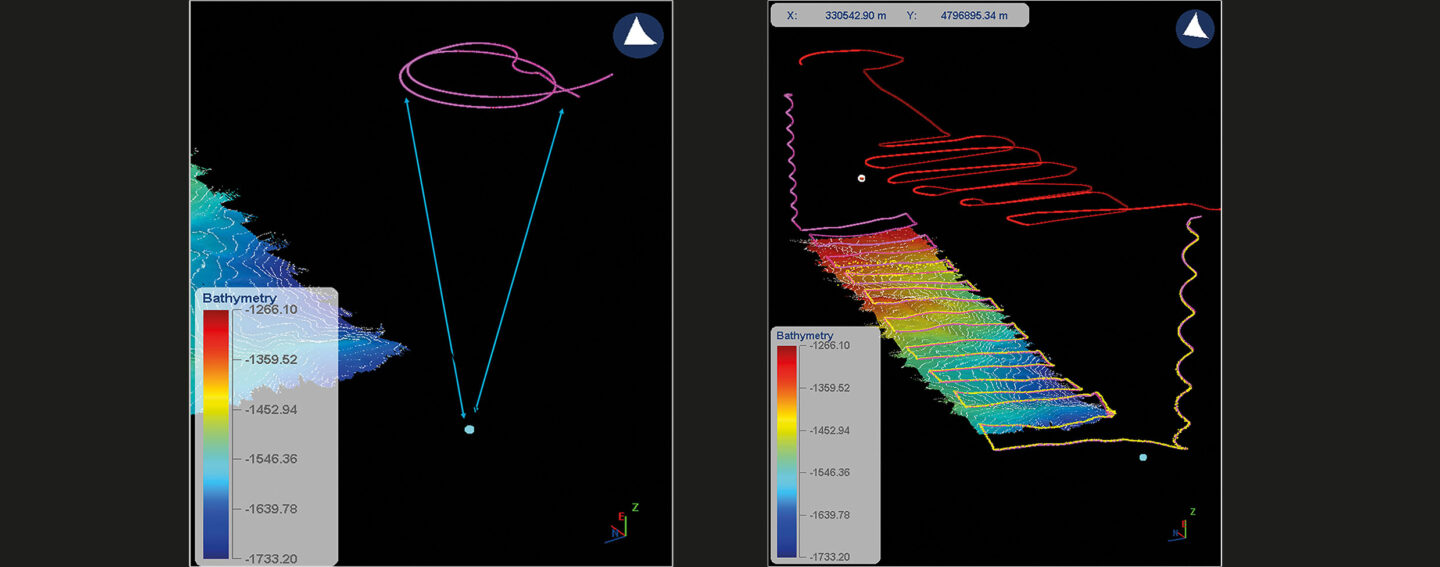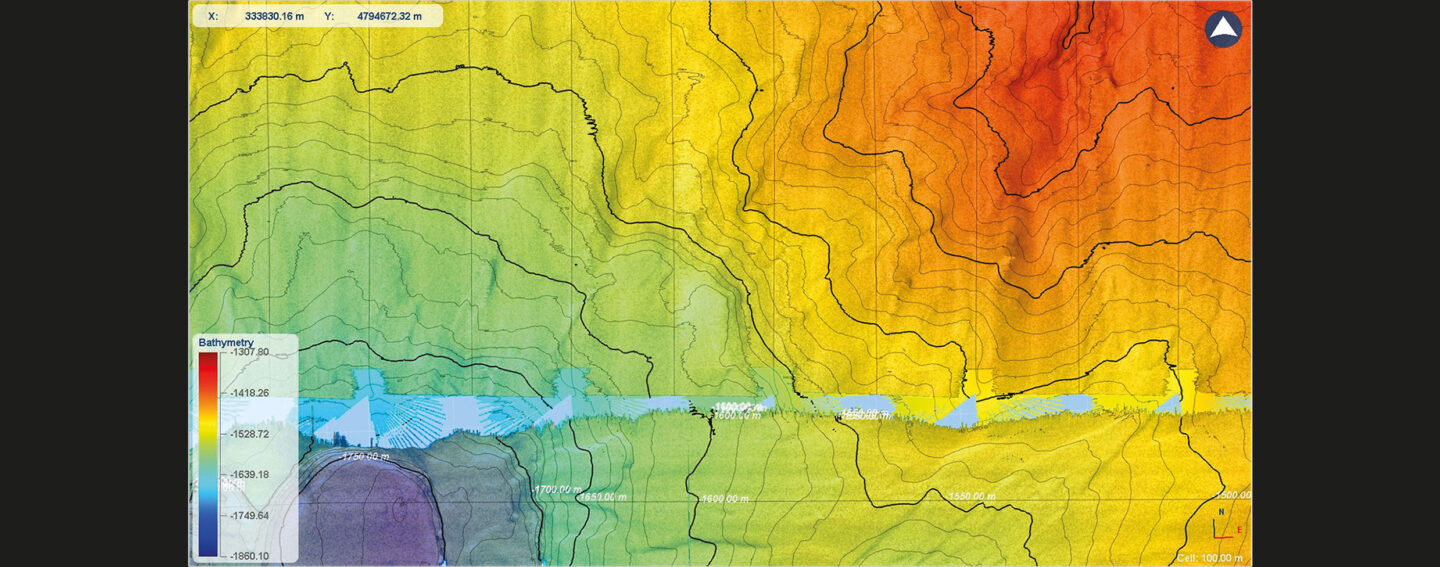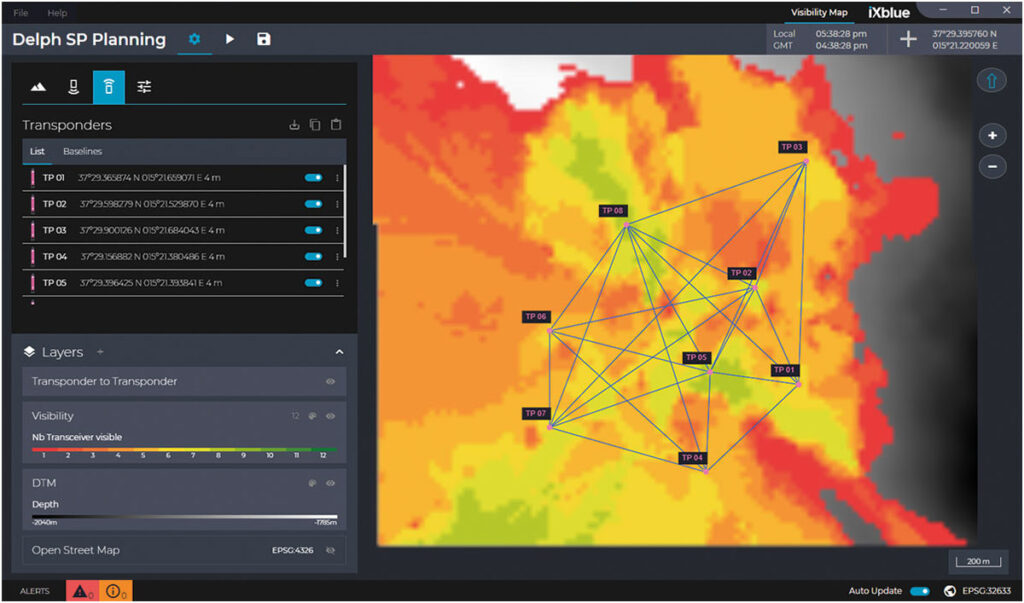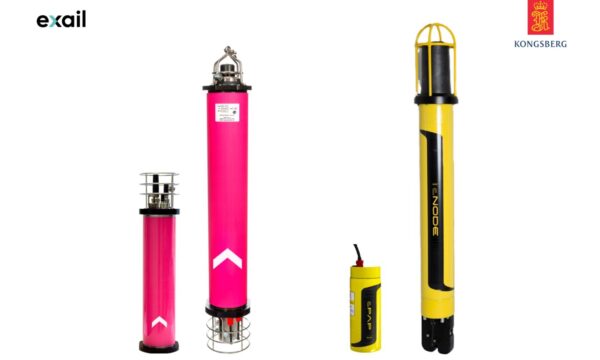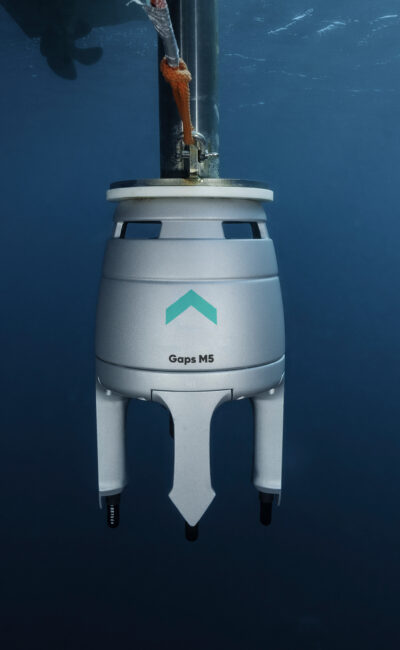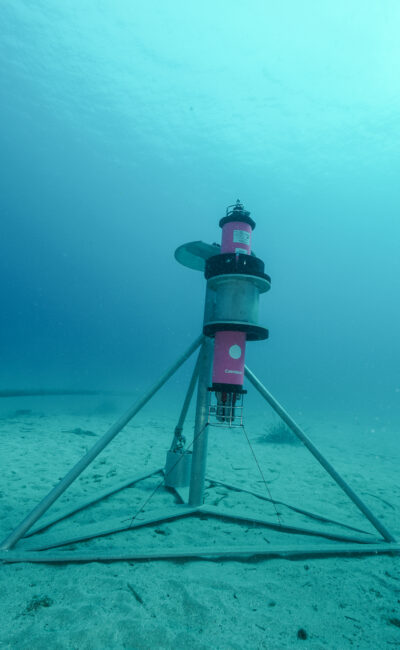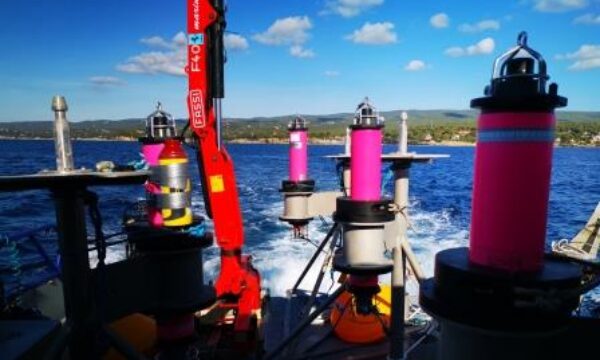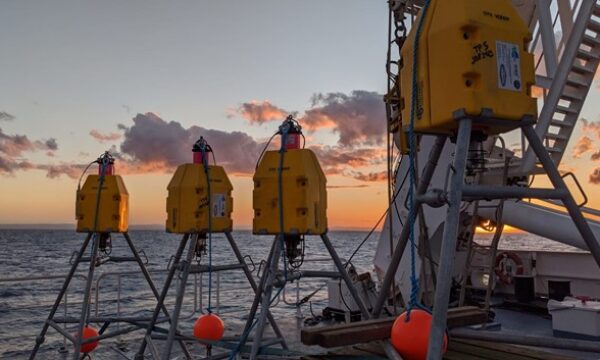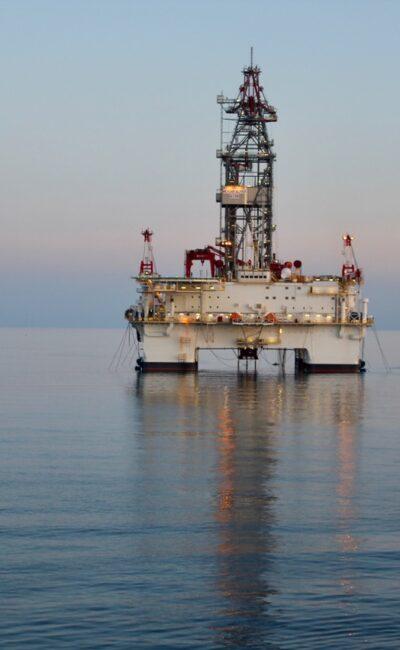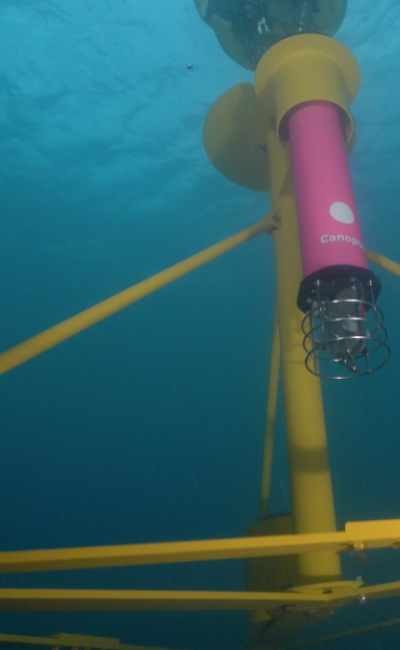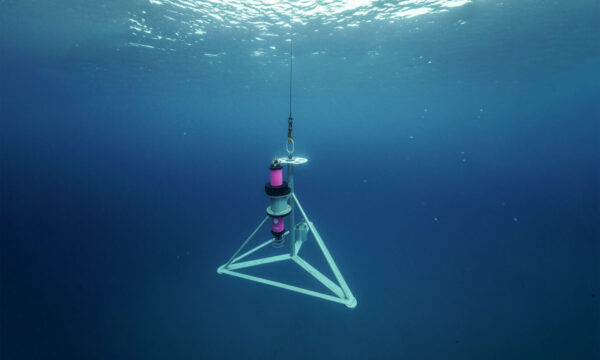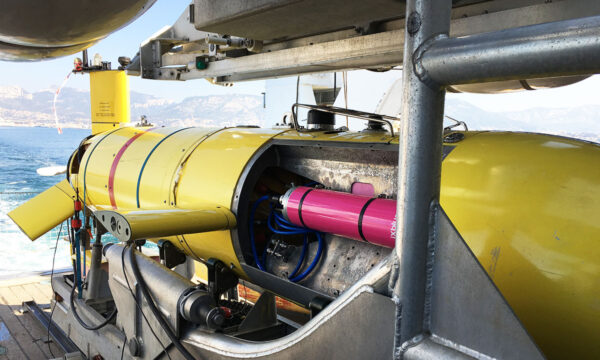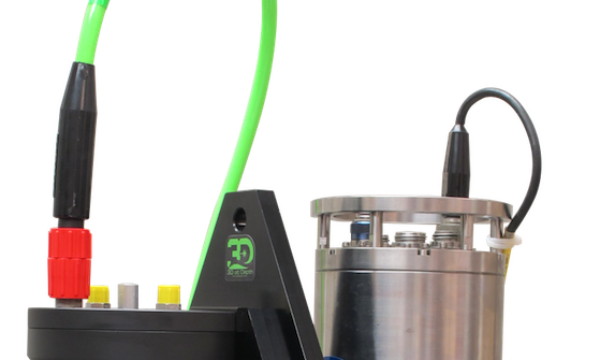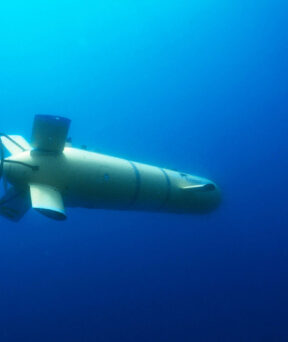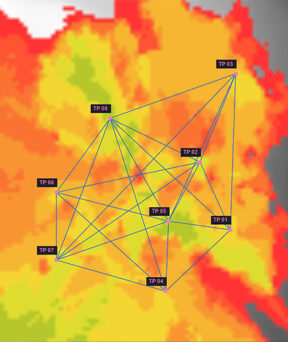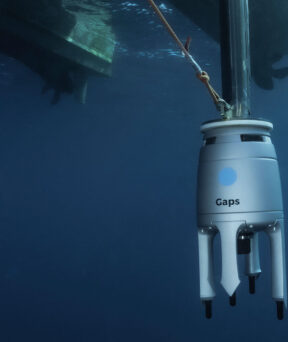LBL Solutions
Get more information with
Linkedin account
Viktor Stark
Product Manager
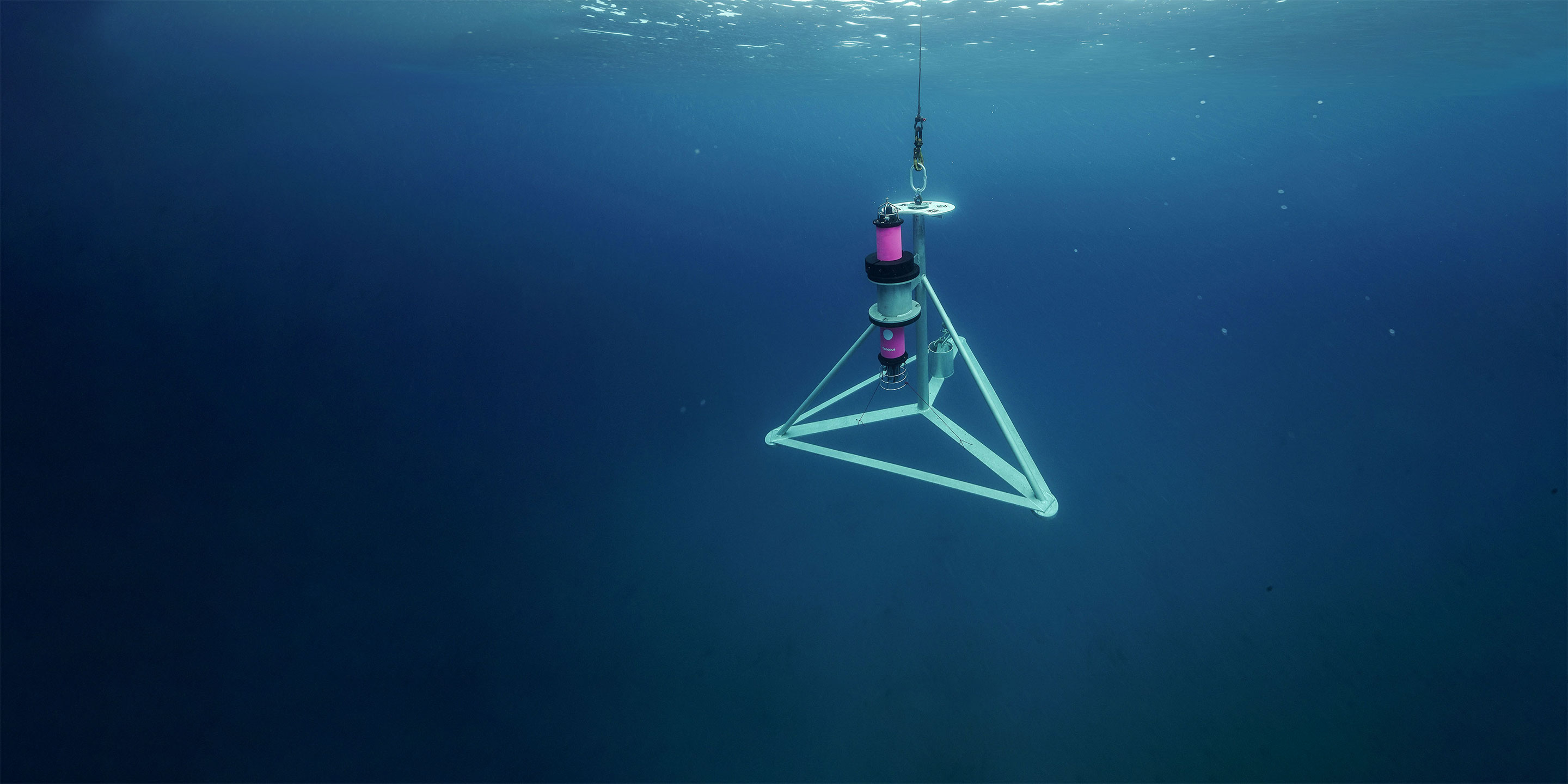
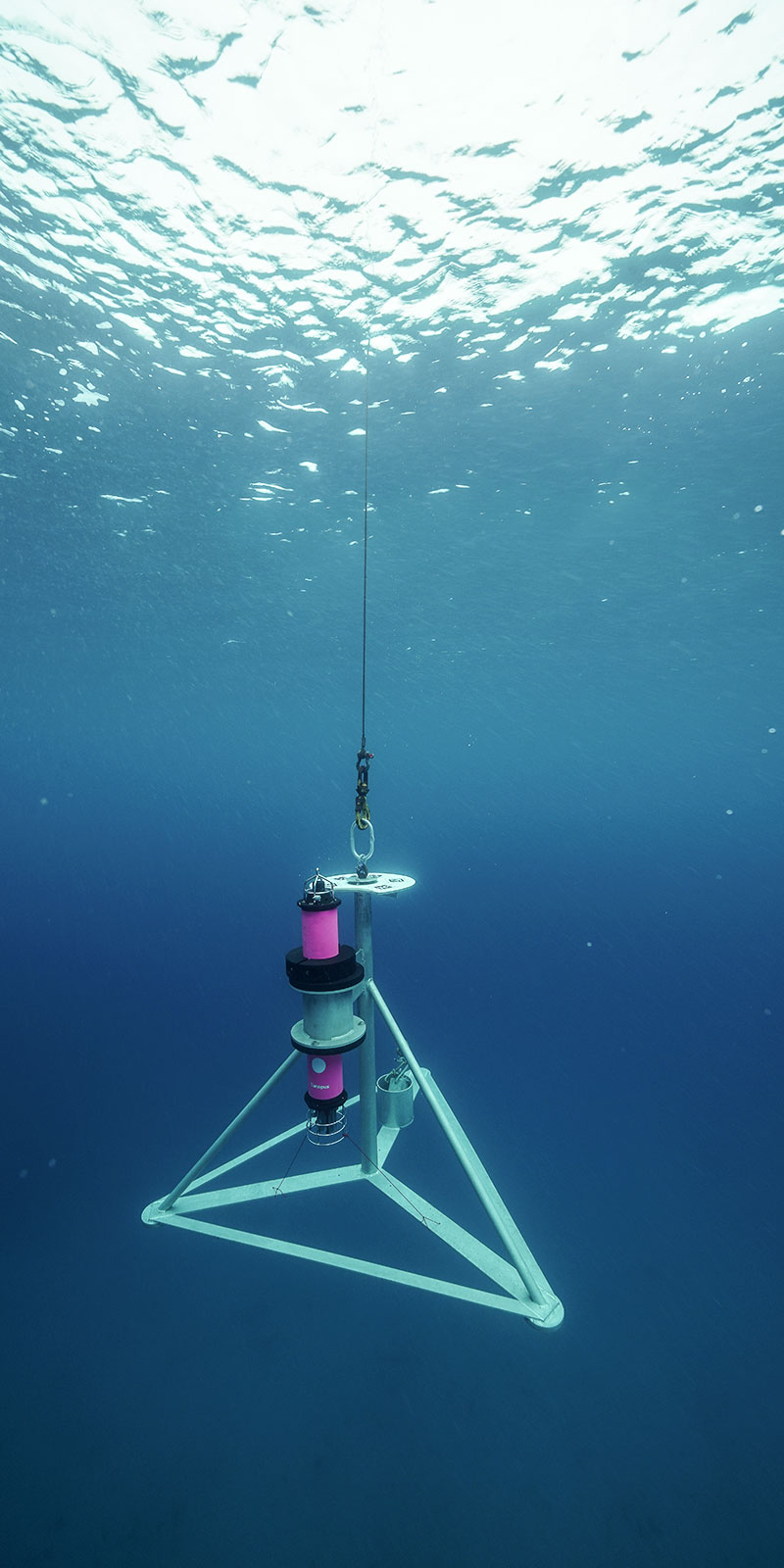
iXblue LBL subsea positioning technology is a simple cost-efficient solution that provides highly performant subsea positioning and monitoring capabilities down to 4,000m. Bringing together Canopus intelligent transponders, Ramses transceivers, Inertial Navigation Systems and Delph Subsea Positioning Software, it offers advanced sparse LBL capabilities that allow operators to reduce the number of transponders deployed on the seabed with no compromise on performance.

|

|
|
|---|---|---|
| Depth rating | 4,000 | 4,000 |
| Accuracy (mm) | < 10 | < 10 |
| Autonomy (pings at max sound level) | n/a | 2,800 000 (alkaline) |
| Transducer beam shape | Omnidirectional | Omnidirectional |
| Acoustic communication | 500 bps / 3kbps | 500 bps / 3kbps |
| Data logging (Gb) | 32 | 32 |
| Ask for quote | Ask for quote |

|

|
|
|---|---|---|
| Depth rating | 4,000 | 4,000 |
| Accuracy (mm) | < 10 | < 10 |
| Autonomy (pings at max sound level) | n/a | 2,800 000 (alkaline) |
| Transducer beam shape | Omnidirectional | Omnidirectional |
| Acoustic communication | 500 bps / 3kbps | 500 bps / 3kbps |
| Data logging (Gb) | 32 | 32 |
| Ask for quote | Ask for quote |
